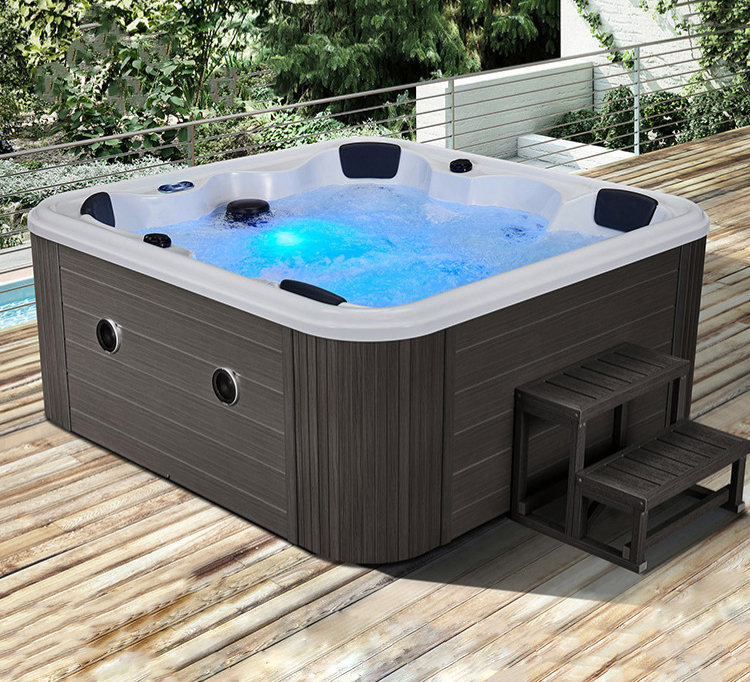Bathtub
Related products
video introduction
PRODUCT PROFILE
This suite comprises an elegant pedestal sink and traditionally designed toilet complete with soft close seat. Their vintage appearance is bolstered by high quality manufacturing made from exceptionally hardwearing ceramic, your bathroom will look timeless and refined for years to come.
Product display
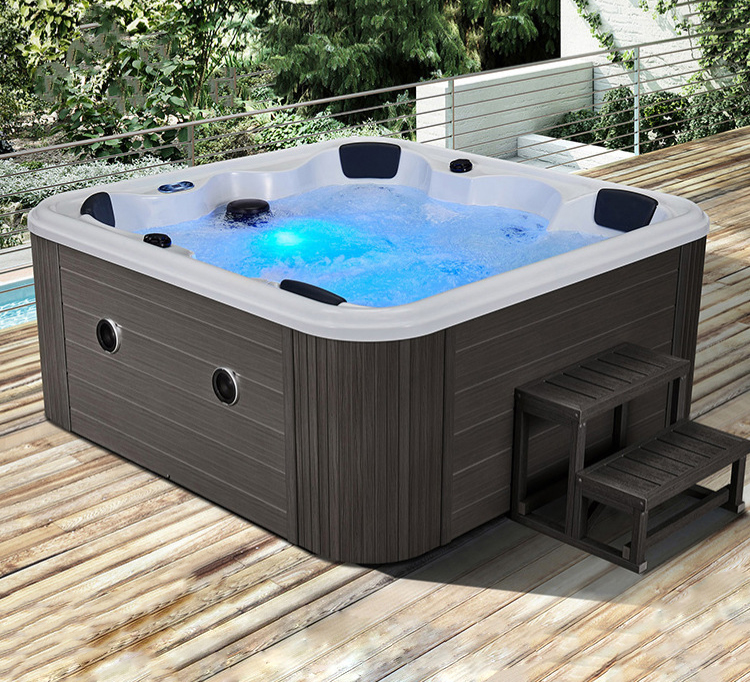
Bathtubs are used in different cultures and regions and have accumulated a variety of names. Some common and less common names for bathtubs include:
Tub: The most common and universal term.
Bathtub: Used interchangeably with "bathtub."
Soaking tub: Refers to a deeper bathtub designed for prolonged soaking.
Jacuzzi: A brand name often used for tubs with jets, but technically it refers to a hot tub.
Hot tub: A larger bathtub, usually located outdoors, designed for relaxation and often equipped with hot water and jets.
Spa or hydrotherapy tub: Similar to Jacuzzis and hot tubs, often equipped with massage jets.
Clawfoot Tub: A special design of a freestanding bathtub known for its unique feet.
Freestanding Bathtub: A bathtub that stands on its own and is not fixed to a wall.
Garden Tub: A large, deep bathtub commonly found in luxury bathrooms.
Whirlpool: Another term for a jetted tub that focuses on the effects of the swirling water.
Alcove Bathtub: A bathtub designed for installation in a three-walled alcove.
Slipper Tub: A freestanding bathtub that is higher and sloped at one or both ends to improve comfort.
Walk-in Tubs: Designed for accessibility and equipped with doors for easy entry and exit.
Roman bathtub: Inspired by ancient Roman baths, often larger and deeper.
Japanese soaking tub: Also known as an "ofuro," this is a deep, often square tub designed for sitting rather than lying down.
Pedestal Tub: Similar to a clawfoot tub, but mounted on a base instead of feet.
Therapeutic bathtub: Designed for therapeutic purposes, often with special features such as hydrotherapy jets.
product feature
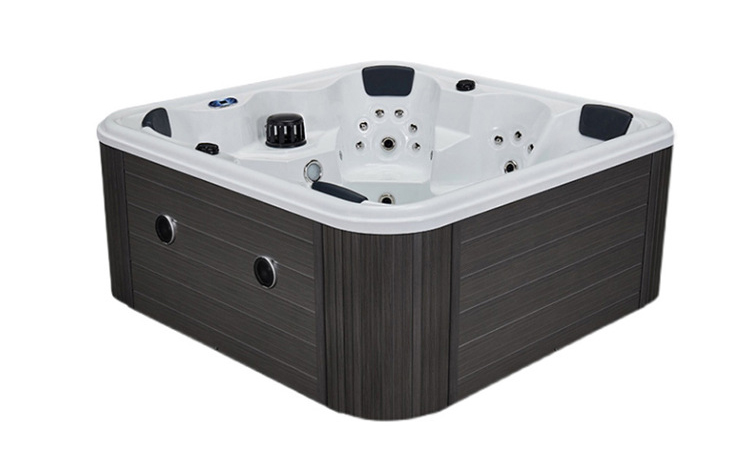
THE BEST QUALITY
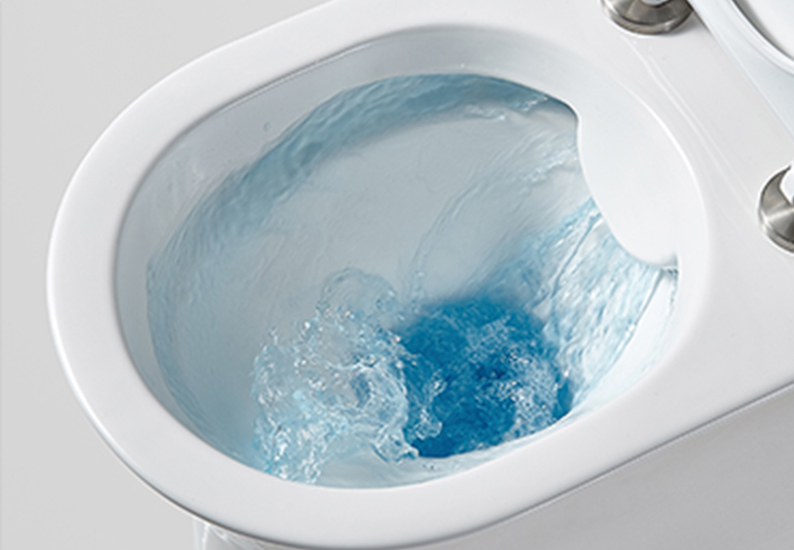
EFFICIENT FLUSHING
CLEAN WIT THOUT DEAD CORNER
High efficiency flushing
system, whirlpool strong
flushing, take everything
away without dead corner
Remove cover plate
Quickly remove cover plate
Easy installation
easy disassembly
and convenient design
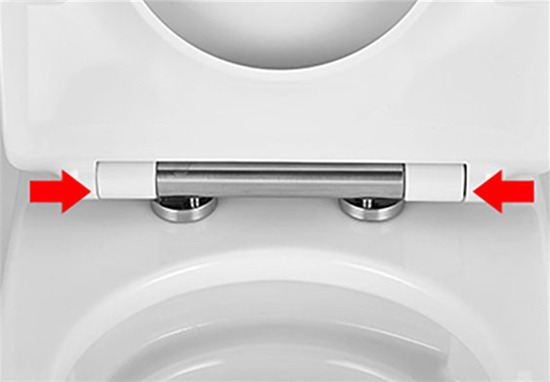
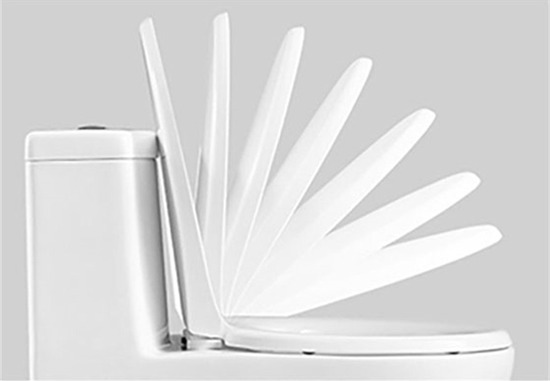
Slow descent design
Slow lowering of cover plate
The cover plate is
slowly lowered and
damped to calm down
OUR BUSINESS
The mainly export countries
The product export to all of the world
Europe, USA, Middle-East
Korea, Africa, Australia

product process
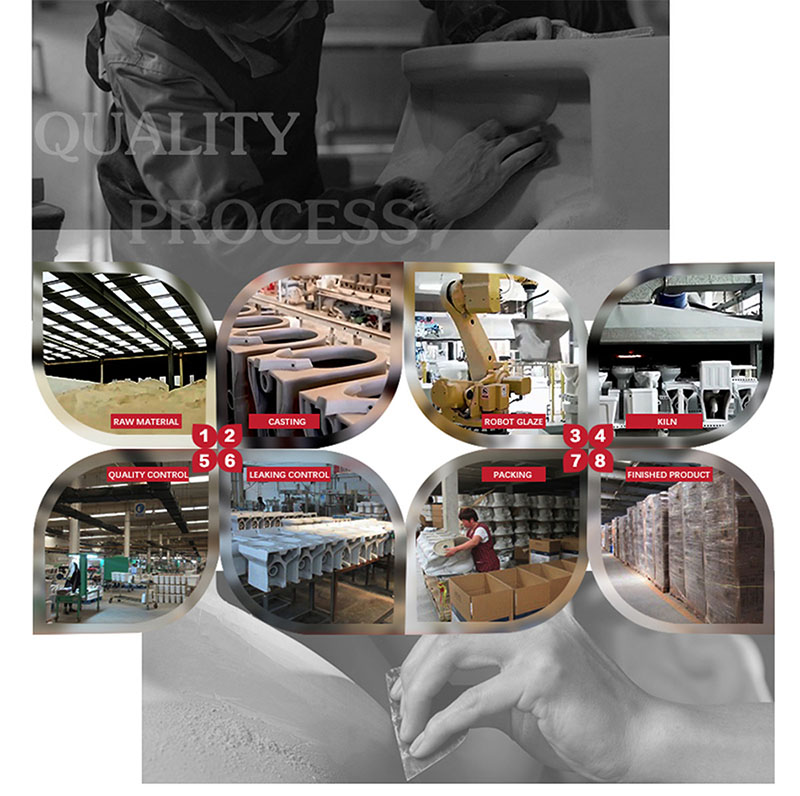
FAQ
1. What's the production capacity of production line?
1800 sets for toilet and basins per day.
2. What is your terms of payment?
T/T 30% as deposit,and 70% before delivery.
We will show you the photos of the products and packages before you pay the balance.
3. What package/packing do you provide?
We accept OEM for our customer, the package can be designed for customers' willing.
Strong 5 layers carton filled with foam, standard export packing for shipping requirement.
4. Do you provide OEM or ODM service?
Yes,we can do OEM with your own logo design printed on the product or carton.
For ODM,our requirement is 200 pcs per month per model.
5. What are your terms for being your sole agent or distributor?
We would require a minimum order quantity for 3*40HQ - 5*40HQ containers per month.
In ancient Rome, public toilet bowl were a common feature, and they were known as "public latrines" or "public conveniences." These facilities were often built with a row of stone or marble benches with holes, and individuals would sit next to each other while using them. There was little to no privacy.
Interestingly, ancient Romans used a communal sponge on a stick, known as a "spongia," as a form of toilet paper. This shared sponge was rinsed in a central basin filled with saltwater or vinegar after each use. Wealthier Romans might have their own personal sponges, but the practice of sharing a communal sponge was widespread in public latrines.
The word "toilet" itself has etymological roots in French and originally referred to the cloth used to cover a dressing table. Over time, it came to encompass personal grooming and eventually the bathroom facilities themselves.
This is the most common type.
It consists of a separate bowl and tank that are bolted together.





